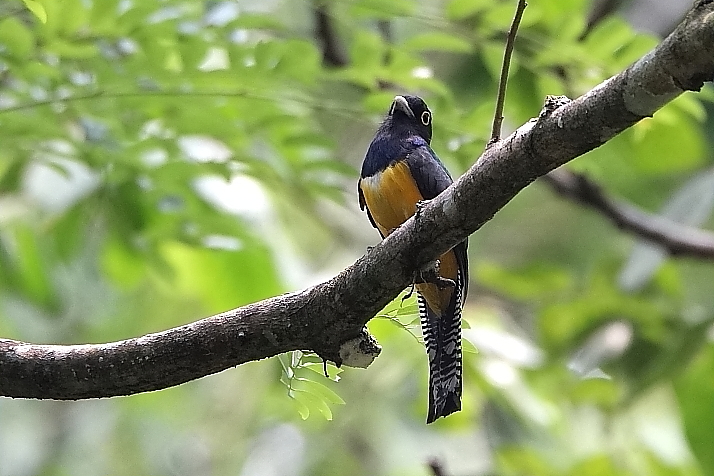
[Warning: This post contains photos taken under extremely dark conditions. If you are sensitive to photos that are underexposed, overexposed, or grainy, please view with caution.]
I believe that I have birded in a pretty wide range of places: ten countries, on three continents, and counting. And, having birded now in such western Mexican coastal cities as Acapulco, Ixtapa, Lázaro Cárdenas, and Puerto Vallarta, I have spent my fair share of time in dry tropical forests. I even made one trip with the specific purpose of birding on Mexico’s much wetter eastern coast, visiting different sites along the very stretched-out state of Veracruz.
But even in that last trip, I only really got the chance to spend a few hours in true humid tropical rainforest. So last month, when my new birding buddy Rolando Chávez, in Mexico’s southeastern state of Tabasco, offered to take me to a bit of that state’s remaining rainforest… Well, he didn’t have to ask twice.
Because of where I was housed during that trip, Rolando decided to take me to a wonderful bit of rainforest by the little town of Malpasito. “Malpasito” could be translated, perhaps, as a “little misstep”. But going there was no misstep.
First off, being in this forest reminded me of being in a high-end florist shop, or perhaps a houseplant nursery. The jungle was surprisingly colorful, and it seemed I had already seen many of these flowers and plants, in more artificial settings.
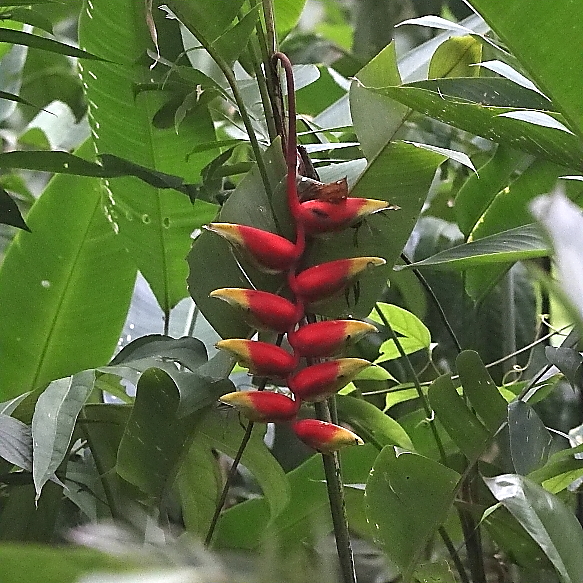
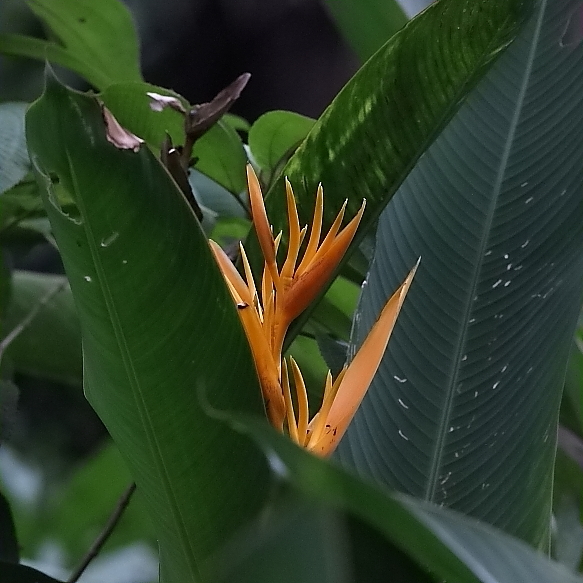
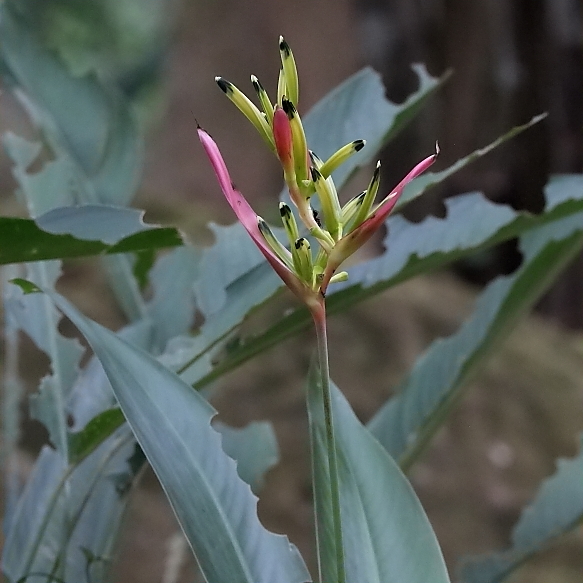
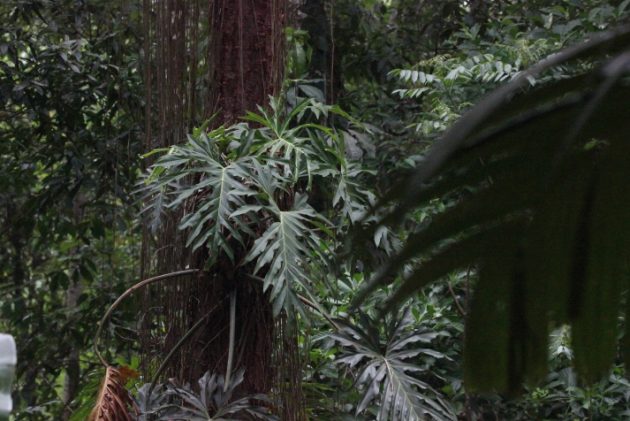
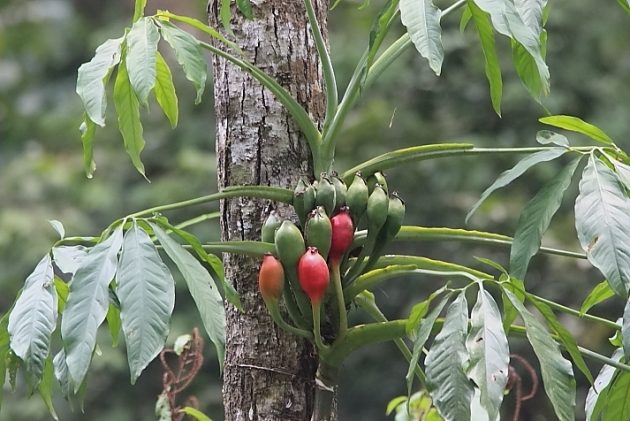
One of our more exciting birds for the day even turned out to have an especially intimate relationship with one of the plants. Rolando told me this tree was commonly referred to, by the locals, as the Palo de Gringo, or the Gringo Tree. That is because, like the skin of the gringos who visit Mexico’s beaches, the Palo de Gringo’s bark is red, and peels.
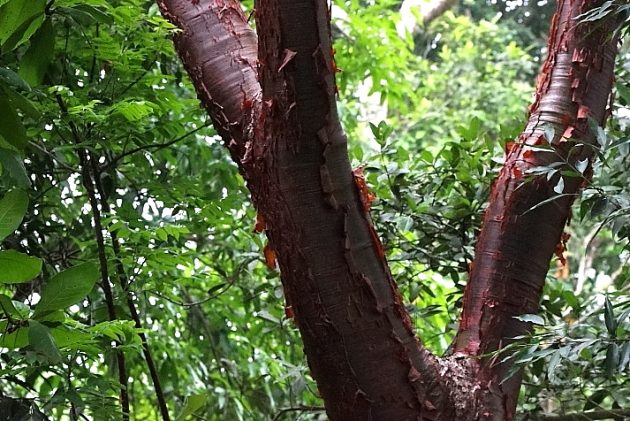
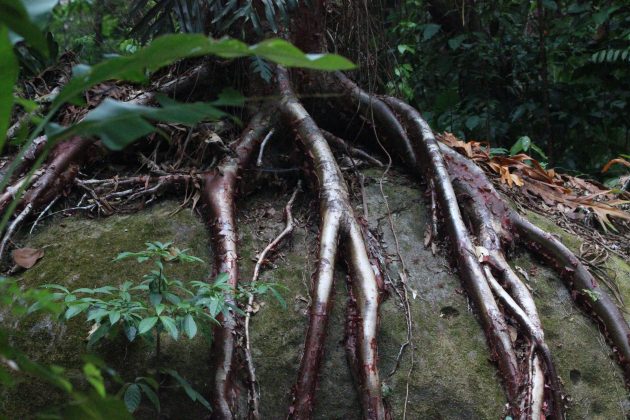
This tree’s roots can be pretty cool, too.
If you have much interest in birds, you may well have seen videos of the very comical mating dance of male Red-capped Manakins, a species whose range stretches from southeast Mexico to South America. Well, we did not see a male, and we did not see his dance. But we did see a female building a nest; so such a dance must have occurred. And what was she gathering to build that nest? No less than the peeled bark of the Palo de Gringo tree.
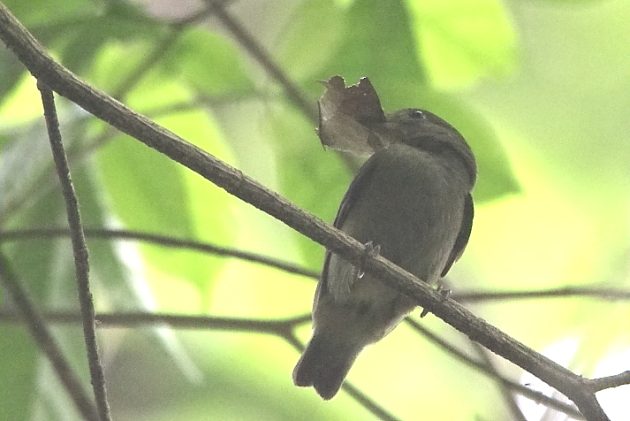
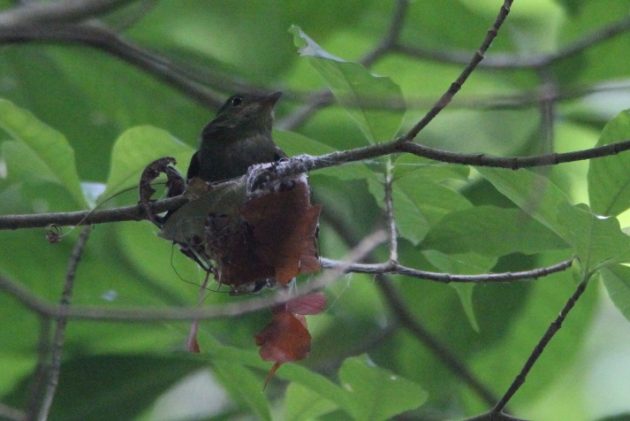
Having been denied the opportunity to bird in a rainforest for so long, I had quite built up quite a wish list. And not many of my wishes were denied. For example, highland Michoacán has two gorgeous trogon species. But both of those have bright red bellies, and I had always wanted to see one of tropical Mexico’s trogon species with yellow bellies. A lovely male Gartered Trogon fit the bill nicely.
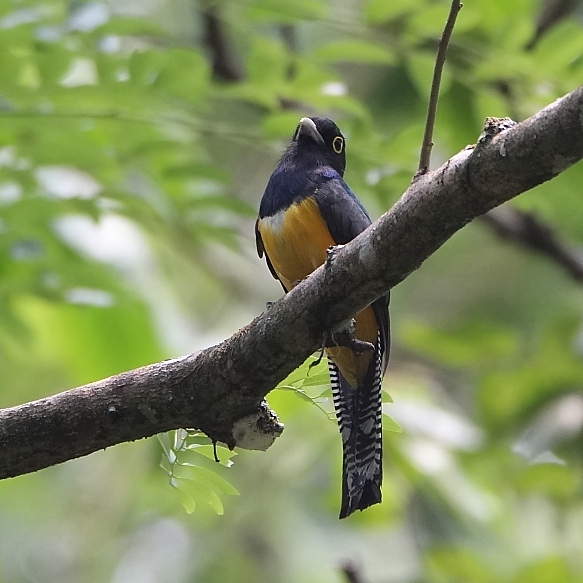
Once this trogon opened its mouth to vocalize, it earned a spot on my ever-growing list of Birds that Look Like Muppets.
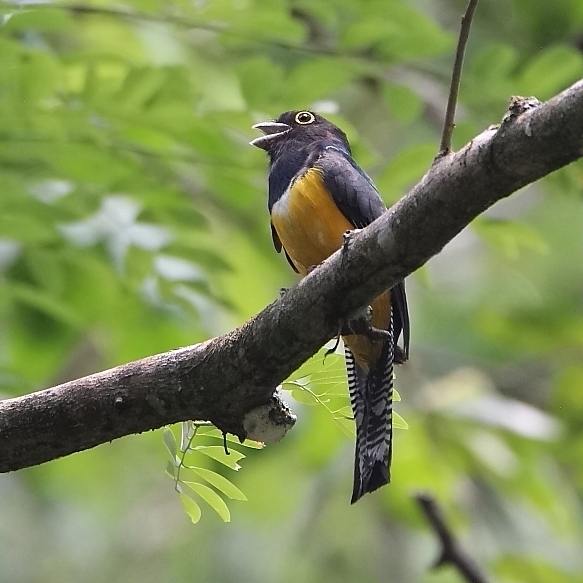
In the same way, all of central Michoacán’s woodpeckers are black and white and red all over. I knew coastal Mexico had greenish woodpeckers, but I had never seen one. Never, that is, until this day, when I met the Golden-olive Woodpecker.
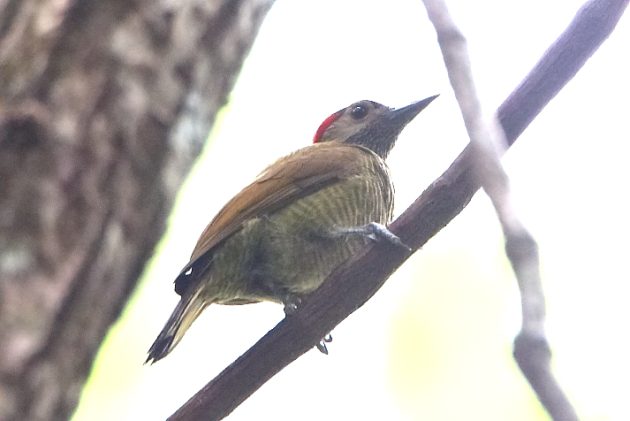
I would have loved to see my first Pale-billed Woodpecker, but was willing to settle for a wonderful Lineated Woodpecker, one of Mexico’s largest, although I had seen a few in Veracruz state.
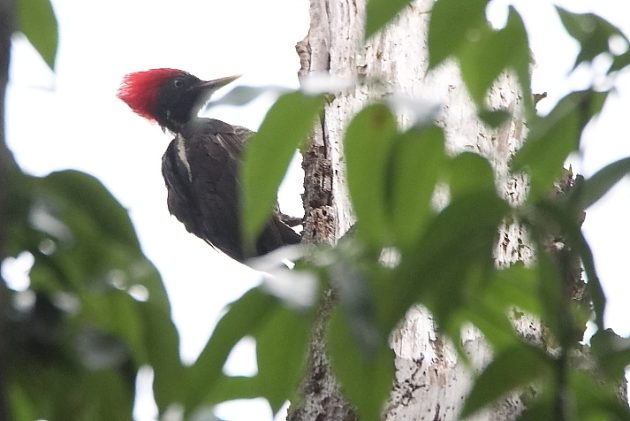
And who wouldn’t want to see a member of the toucan family? This one was a Collared Aracari.
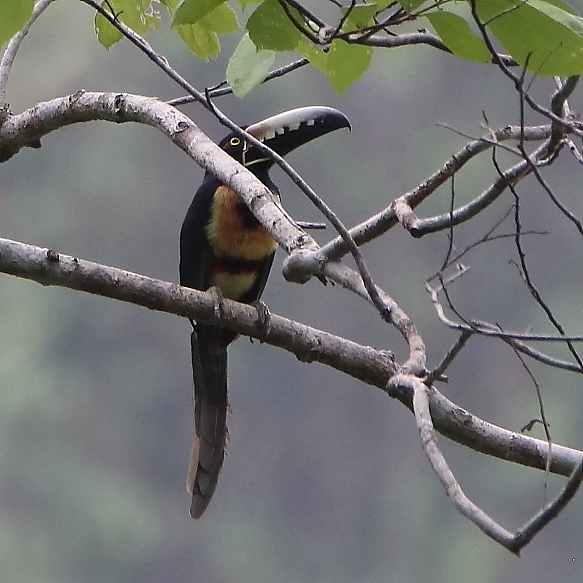
One does see photos of ravishing tropical tanagers. But one does not expect to actually see one, in this case, a Golden-hooded Tanager.
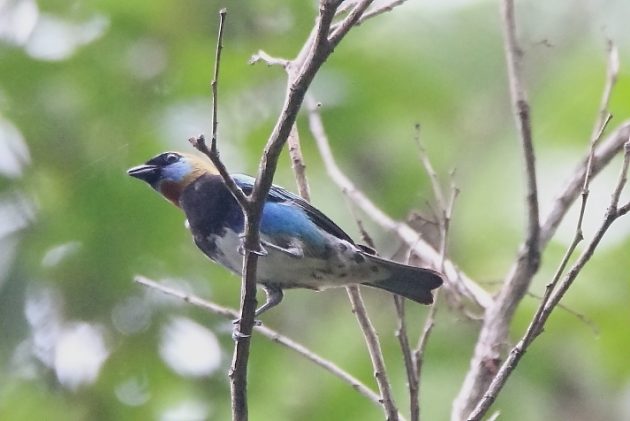
Western Mexico has only one species of motmot, so I was really hoping to see one of the southeast’s several other species. Lesson’s Motmots were calling distintively from many parts of the woods, but most remained stubbornly out of sight. This one was in the deepest possible brush and shade. But it did show off an impressively large pair of “racquet” tail feathers.
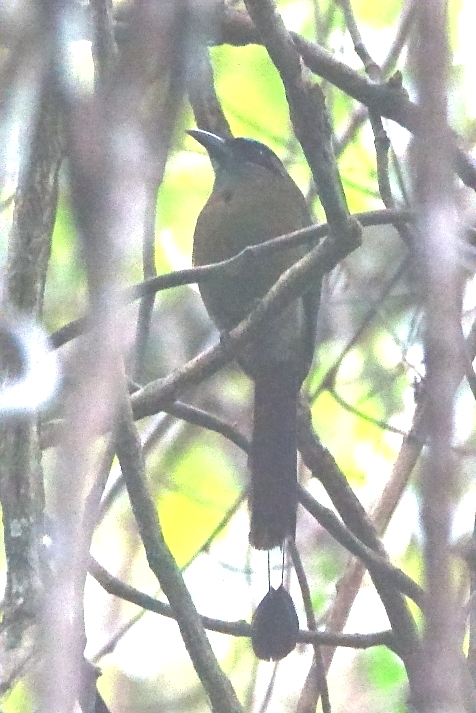
Similarly, southeastern Mexico offers many more species of woodcreepers than the two I can see in Michoacán. This day alone we saw two species, both lifers for me, including this Wedge-billed Woodcreeper. It certainly was different from the long-billed woodcreepers I am used to seeing.
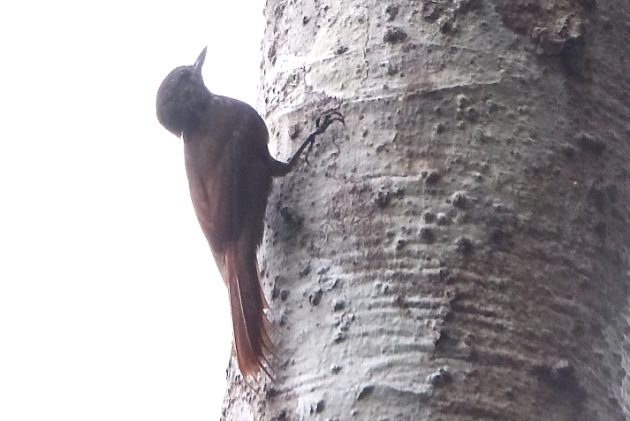
I had little-to-no knowledge of the Long-billed Gnatwren, so it was not on my wish list. But it should have been! This little fellow was amazingly hyperactive, so I’m thankful even for this almost unsalvageable photo. It shows the bird’s comical shape. And that is all that matters.
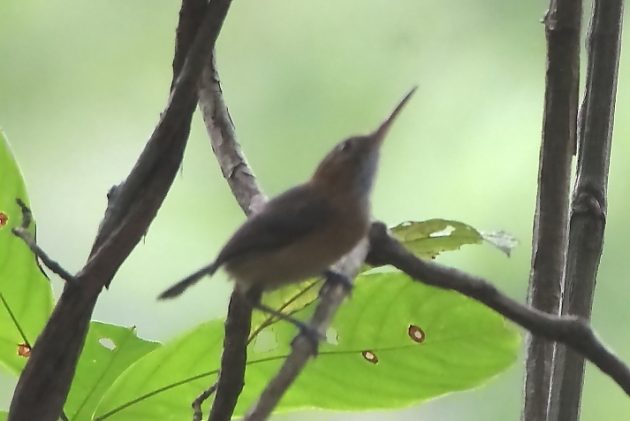
The Bright-rumped Attila is one of the few species we saw that day which I can also see in central Michoacán. But it kept following us around, demanding to be photographed. So I did.
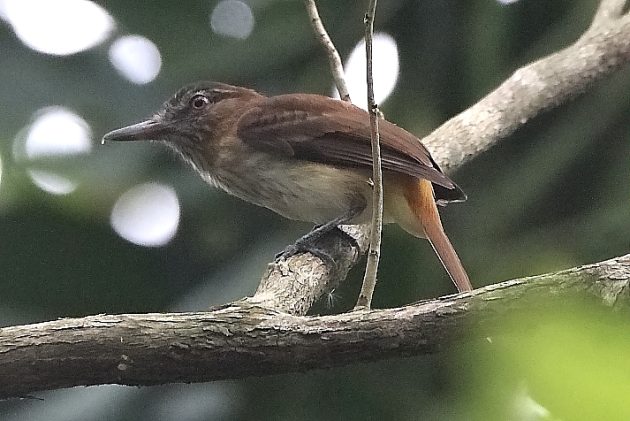
In the end, I walked away from Malpasito with a pretty spectacular twenty-two lifers, in just one day. I wish I had good photos of them all. This second day of serious birding in Tabasco left me with a list of 96 species for the state. One more species near my temporary home there, as well as three more seen on my return trip two weeks later, left me with a nice even 100 Tabascan species.
I am satisfied.













It is truly a rejuvenating experience for the soul but can be testing for the photographer within. I’m familiar with that Long-billed Gnatwren, it’s caused many a hair of mine to fall off.